- reception@elshatoryretina.com
- Hours: Mon- Thu 8:00AM-4:00PM / Fri 8:00AM-12:00PM
If you do not see your plan listed, please call (214) 501-3310 to see if we accept your plan.
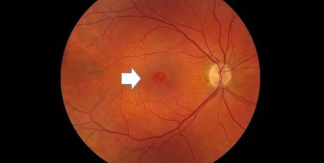
A tenacious vitreoretinal attachment at the fovea underlies this condition. With age-related vitreous changes, focal disruption of the retina may occur. Vitrectomy surgery is effective at restoring much of the vision lost from a macular hole.
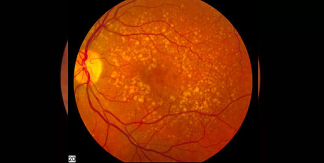
An age-related condition where the interplay of excess "waste" deposition and/or decreased "waste" clearance gives rise to drusen (yellow deposits under the retina). Drusen may lead to choroidal neovascularization (wet macular degeneration) and/or atrophy (advanced dry macular degeneration) in a process thought to involve the body's innate immunity (complement cascade, inflammasome activity).
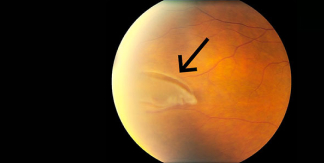
Tenacious vitreoretinal attachments in the peripheral retina often underlie this condition. With age-related vitreous changes, focal disruption of the retina may occur, leading to a retinal tear. Vitreous hemorrhage may result from broken retinal vessels that are intrinsic to the retina. Left untreated (without laser barricade treatment), a retinal tear can lead to a retinal detachment.
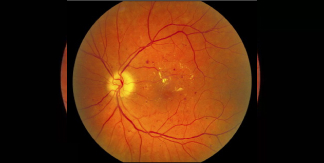
A small vessel disease. Microvascular damage leads to leakage of fluid and cholesterol (macular edema). Severe drop-out of microvasculature decreases blood flow (ischemia), which may lead to new vessel growth (neovascularization) that bleeds (vitreous hemorrhage) and/or scars (fibrosis). Retinal detachments can result from this fibrotic tissue.
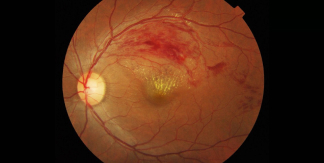
A local thrombosis in a retinal vein can lead to swelling of the macula or retinal neovascularization requiring treatment with injections and/or laser to manage the sequelae of this condition.
Looking for an appointment? 214-501-3310
For any eye related emergencies, please call us IMMEDIATELY.
 November 07, 2022 /
November 07, 2022 /  Dr Yasser
Dr Yasser
A choroidal hyperpermeability condition exacerbated by endogenous and exogenous glucocorticoid exposure.
 November 05, 2022 /
November 05, 2022 /  Dr Yasser
Dr Yasser
Retained lens material, dislocated intraocular lenses, retinal detachment, infections (endophthalmitis), and macular edema can occur in a very small fraction of cataract surgeries performed.
 October 31, 2022 /
October 31, 2022 /  Dr Yasser
Dr Yasser
A small vessel disease. Microvascular damage leads to leakage of fluid and cholesterol (macular edema). Severe drop-out of microvasculature decreases blood flow (ischemia)








Self-pay or uninsured patients are welcome. Rates vary depending on the services provided and the complexity of the examination and treatment plans.